World coffee prices fluctuated before the market started a new trading week, rising in London and falling in New York, amid heightened risk aversion and Wall Street investors speculating about the possibility of the Fed taking a strong stance again at its upcoming monetary policy meeting.
Yesterday, Monday, May 29, the London exchange was closed for Springbank Holiday, the New York exchange was closed for Memorial Day, closed all day, no trading.
Domestic coffee purchase prices are stable, the highest coffee price recorded in Dak Nong is 61,100 VND/kg, the lowest in Lam Dong is 60,500 VND/kg.
 |
| Coffee price today March 20: dsjfbvs. (Source: ohman.vn) |
At the end of the trading session last weekend (May 26) on the international floor, the price of robusta coffee on the ICE Futures Europe London floor turned up. The price of robusta coffee futures for delivery in July 2023 increased by 21 USD, trading at 2,574 USD/ton. The price of delivery in September increased by 20 USD, trading at 2,528 USD/ton. Trading volume was below average.
Arabica coffee prices on the ICE Futures US New York exchange continued to fall. The July 2023 delivery contract fell 1.1 cents, trading at 181.6 cents/lb. Meanwhile, the September 2023 delivery contract fell 1.1 cents, to 179.55 cents/lb. Trading volume increased sharply.
Robusta demand remains strong for the instant coffee industry and pressure from Brazil's new arabica crop, which has just begun harvesting, continues to weigh on sentiment in the New York futures market, according to StoneX.
Domestic coffee prices today, May 30, remained stable in some key purchasing localities.
Unit: VND/kg. (Source: Giacaphe.com) |
According to the Vietnam Coffee and Cocoa Association (Vicofa), coffee output is forecast to decrease by 10-15% per year, however, this year it may decrease by 20% or more compared to the initial prediction due to increasingly severe climate change, combined with the El Nino phenomenon greatly affecting coffee productivity and output.
On the other hand, in recent years, prices have been so low that some coffee areas have switched to more economically efficient crops, such as durian and passion fruit, and the intercropping area on coffee areas has also increased. These are factors that have caused coffee output to decline, pushing coffee prices up.
Vietnamese coffee is currently facing the new EU Regulation on Deforestation and Forest Degradation (EUDR). Meanwhile, Vietnamese coffee exports to Europe account for over 43%/year of the country's total coffee exports. Of this 43%, 39% are exported to 27 EU countries. If Vietnam does not comply with EUDR, it will be difficult to export commercial coffee to the EU market.
Analysts say that in order for Vietnamese coffee to not be entangled in EUDR, from now on, it is necessary for the active participation of relevant ministries, branches, localities and businesses to warn farmers about spontaneous coffee planting, especially localities must be able to trace the origin, besides, Vicofa is also actively implementing this issue.
Source






![[Photo] Binh Trieu 1 Bridge has been completed, raised by 1.1m, and will open to traffic at the end of November.](https://vphoto.vietnam.vn/thumb/1200x675/vietnam/resource/IMAGE/2025/10/2/a6549e2a3b5848a1ba76a1ded6141fae)

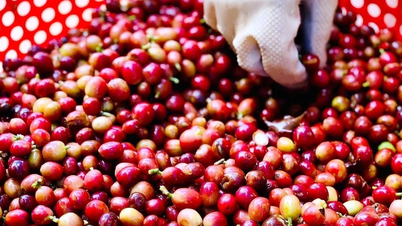




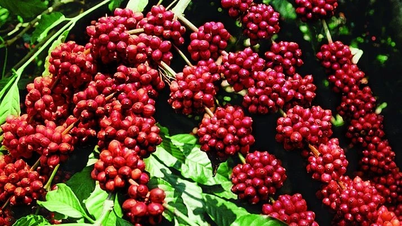
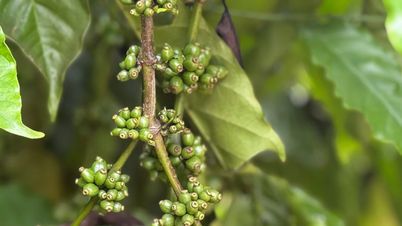


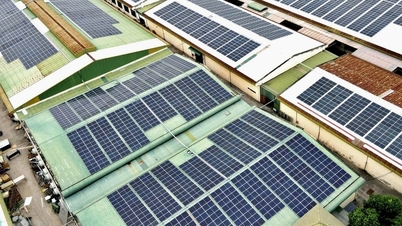





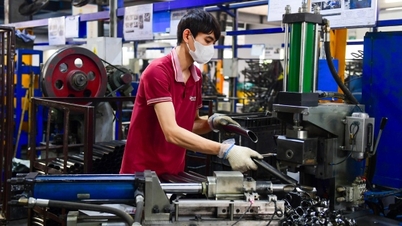









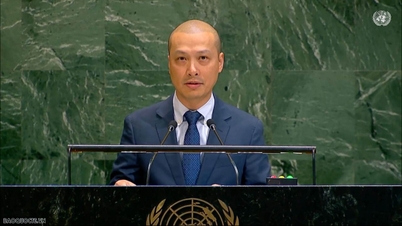





































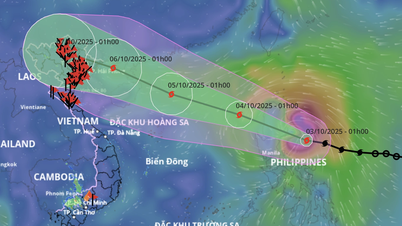










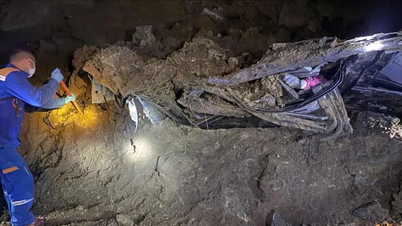






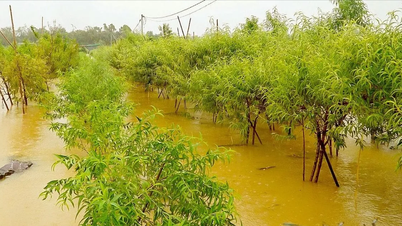













Comment (0)